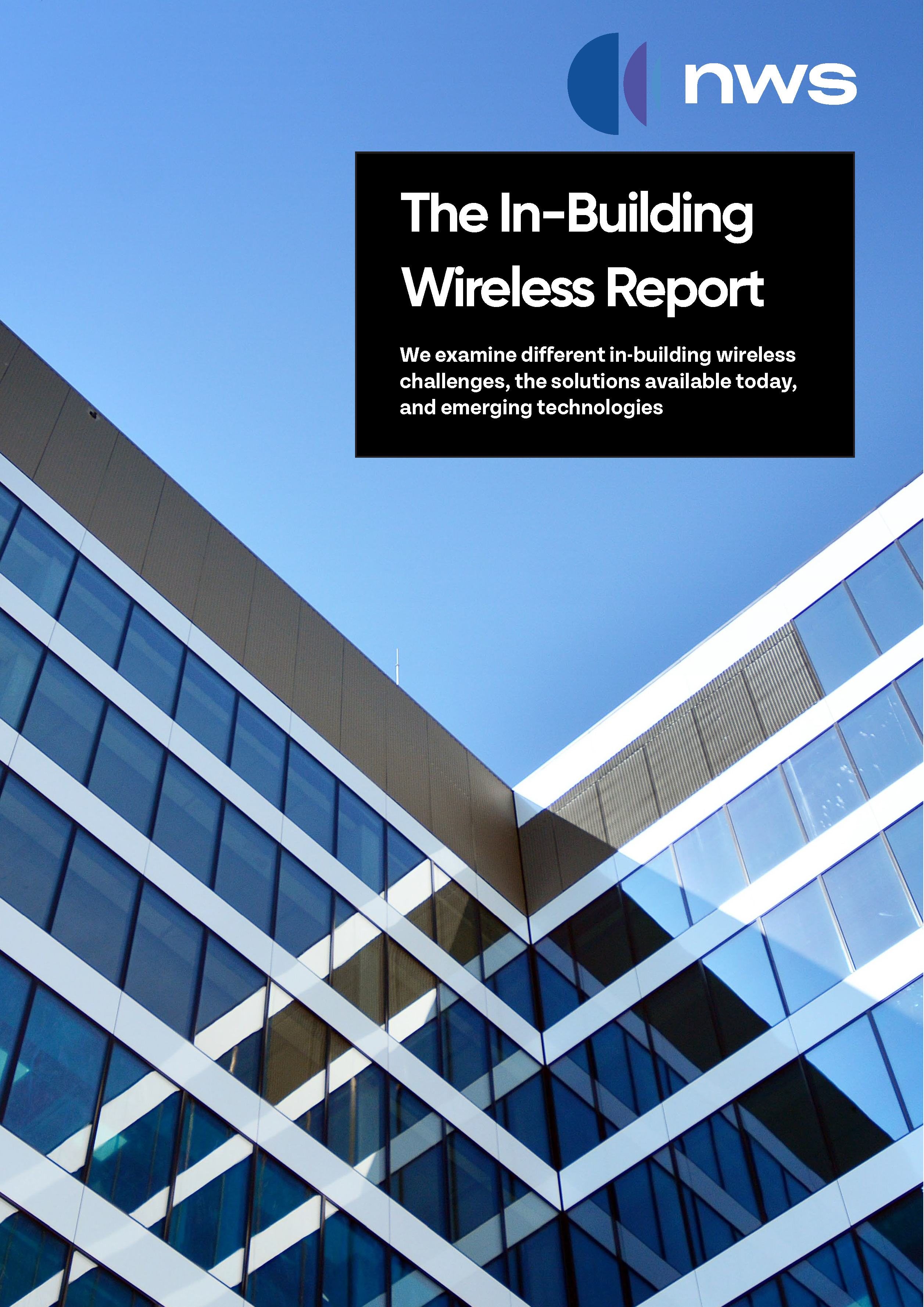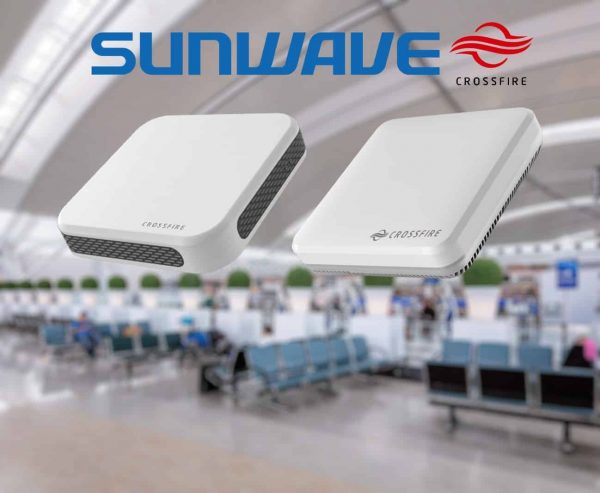Fill out this form to view & download the PDF
Wireless connectivity has never been as crucial to as many people as it is today. In a new world shaped by social distancing, wireless capabilities have transcended convenience and become the primary fabric of human interaction.

As recently as 2016, ABI Research reported that more than 80 percent of mobile data traffic occurs inside buildings. Buildings, by their nature, provide a physical barrier to wireless communication. Dropped calls, poor signals, and slow downloads all result when RF signals are obstructed by building materials like concrete walls and low emission windows. In the worst case scenario, parts of a building may become wireless dead zones. There is also the question of capacity—buildings may be home to many more users than can be supported by a given cell tower.
In-building wireless (IBW) solutions serve to address these concerns. IBW solutions can ensure that networks deliver on Quality of Service (QoS) agreements and that Quality of Experience (QoE) expectations are met by building occupants. These solutions range from minimal passive signal routing that ensure coverage to sophisticated digital distributed antenna systems that add additional cellular capacity. There is no one-size-fits-all IBW solution—the correct approach is dependant on the nature of the building and the scope of wireless services required.
In this report, we’ll examine different IBW solutions available today, the challenges that come with them, and the emerging technologies that are changing the landscape of IBW.
CrossFire N2 is a digital transport platform supporting cellular, GigE IP and public safety technologies on fibre optic cable using the CPRI protocol. The digital radio supports 8 x 3GPP bands with a combined EiRP value of almost 1 Watt utilizing integrated antennas for cellular and Bluetooth beaconing, plus integrated Wi-Fi as an option. The N2 platform is part of the CrossFire 2.0 generation capable of supporting 5G technology from 360MHz to 3.8GHz, plus future RAN virtualisation.

CrossFire NPRU is a digital transport platform supporting cellular, GigE and public safety technologies on Twisted Pair Copper and Optical cabling using the CPRI protocol. The digital radio supports 4 x 3GPP bands across a wideband software-defined remote unit. The NPRU platform provides a Wi-Fi style approach to deployment of cellular coverage by adopting structured cabling including Power over Ethernet between the floor riser and antenna location. An ideal solution for the Enterprise.
Wirewerks’ Above-Ceiling Mounting Bracket is a cost-effective, rapid-install mounting bracket used to create a stable platform for permanent link end-points in above-ceiling plenum spaces. Permanent links terminated at the Above-Ceiling Mounting Bracket connect to nearby IP-enabled devices such as cameras, WAPs, and sensors using modular cords or pigtails. Above-Ceiling Mounting Brackets support copper and fiber media and may be used with IEEE PoE and Wirewerks’ exclusive Fiber+Power™ remote power solutions.
The Above-Ceiling Mounting Bracket features a multi-function base plate with pre-drilled fastener holes for surface-mount installations and a removable clamp to attach the base plate to 12 AWG wires or ¼-20 threaded rods used to suspend drop-ceiling systems.